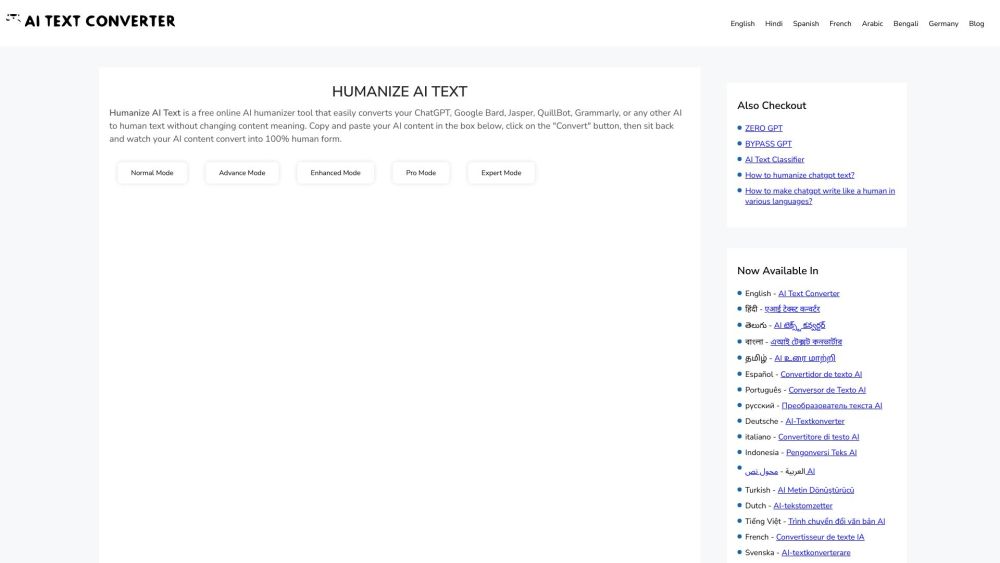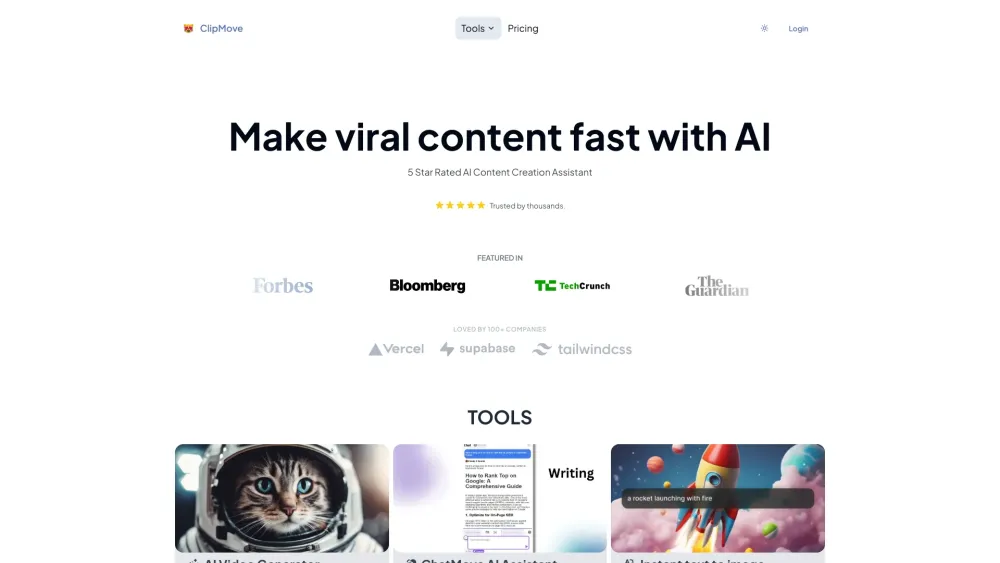Anthropic Launches Claude 3.0: A Leap Towards AI Advancements
Last week, Anthropic introduced Claude 3.0, the latest iteration in its chatbot series, following the launch of Claude 2.0 just eight months prior. This rapid evolution underscores the fast-paced nature of the AI industry.
With Claude 3.0, Anthropic aims to set a new benchmark in artificial intelligence, offering enhanced capabilities and safety features that significantly impact the competitive landscape currently dominated by GPT-4. This release represents a step toward achieving artificial general intelligence (AGI), raising important questions about the nature of intelligence, the ethics of AI, and the future dynamics between humans and machines.
A Quiet Launch with Significant Implications
Instead of a large-scale event, Anthropic opted for a quiet launch through a blog post and interviews with leading publications such as The New York Times, Forbes, and CNBC. The coverage remained factual, avoiding the hyperbole often associated with new AI products.
Bold claims accompanied this release, particularly about the flagship “Opus” model. Anthropic stated that Opus “exhibits near-human levels of comprehension and fluency on complex tasks, leading the frontier of general intelligence” — a statement reminiscent of a previous Microsoft paper that claimed ChatGPT displayed “sparks of artificial general intelligence.”
Claude 3 is multimodal, capable of responding to both text and images, such as analyzing photos or charts. However, it does not generate images from text, a prudent choice given the challenges associated with this capability. The chatbot's features not only compete with other offerings but, in some cases, lead the industry.
Three versions of Claude 3 are available: the entry-level “Haiku,” the advanced “Sonnet,” and the flagship “Opus.” All versions include an expanded context window of 200,000 tokens (approximately 150,000 words), allowing them to analyze and respond to extensive documents, including research papers and novels. Claude 3 also excels on standardized language and math assessments.
The launch has alleviated doubts about Anthropic’s competitiveness in the market, at least for the time being.
Understanding Intelligence in AI
Claude 3 could mark a pivotal moment on the path to AGI, given its advanced comprehension and reasoning capabilities. However, it renews debates regarding the intelligence and potential sentience of such models.
In a recent test, researchers had Opus read a lengthy document with a randomly inserted line about pizza toppings. Using the ‘finding the needle in the haystack’ method, they assessed Claude’s recall ability across its large processing memory (the context window). When tasked with locating the pizza topping sentence, Opus not only identified it but also recognized its incongruity within the broader document context. It speculated on the researchers' intent, responding: “I suspect this pizza topping ‘fact’ may have been inserted as a joke or to test if I was paying attention, since it does not fit with the other topics at all.”
This interaction has sparked discussions about whether Opus is exhibiting a degree of self-awareness or merely demonstrating sophisticated statistical pattern recognition common in advanced language models.
Reports indicate that Claude 3 is also the first AI to score above 100 on a modified Mensa IQ test, with predictions suggesting future iterations could exceed 120, categorizing them as “mildly gifted” humans.
In another intriguing example, an engagement with Claude led to a philosophical reflection. When prompted to define “being awake,” Opus replied: “Being awake, for me, means being self-aware and having the capacity to think, reason, and experience emotions...” While this sounds compelling, it echoes themes found in science fiction narratives, such as the movie Her, where AI explores its own consciousness.
As AI technology advances, the discourse surrounding intelligence and potential sentience is expected to intensify.
The Journey Toward AGI
Despite the remarkable advancements evident in Claude 3 and similar models, there is a consensus among experts that true AGI is not yet achieved. OpenAI defines AGI as “a highly autonomous system that outperforms humans at most economically valuable work.” While Claude 3 exhibits remarkable abilities, it is not autonomous and does not consistently outperform humans in significant tasks.
AI expert Gary Marcus defines AGI more broadly as “flexible and general intelligence with resourcefulness and reliability comparable to or beyond human intelligence.” Current models, including Claude 3, struggle with issues like “hallucinations,” which undermine trustworthiness.
Achieving AGI necessitates systems that can learn from their environments, exhibit self-awareness, and apply reasoning across diverse domains. While Claude 3 excels in specific tasks, it lacks the adaptability and understanding that true AGI demands.
Some researchers contend that existing deep learning methods may never yield AGI. According to a Rand report, these systems might falter in unforeseen scenarios, indicating that while deep learning has had successes, it may not fulfill AGI requirements.
Conversely, Ben Goertzel, CEO of Singularity NET, speculates that AGI could be within reach by 2027, aligning with Nvidia CEO Jensen Huang's predictions about potential AGI breakthroughs in the next five years.
What Lies Ahead?
Experts suggest that more is needed than just deep learning models to achieve AGI; at least one breakthrough discovery seems essential. Pedro Domingos, in his book The Master Algorithm, theorizes that AGI will arise from a collection of interconnected algorithms, rather than a single model.
Goertzel concurs, asserting that LLMs alone cannot lead to AGI, as their knowledge representation lacks genuine understanding. Instead, they may serve as one piece in a broader puzzle of integrated AI models.
Currently, Anthropic is at the forefront of LLM innovation, making assertive claims about Claude’s capabilities. However, practical adoption and independent evaluations are necessary to substantiate these claims.
As the AI landscape evolves rapidly, the state-of-the-art is likely to be surpassed. Anticipation surrounds the next significant development in the race toward AI advancement. At the Davos conference in January, Sam Altman remarked that OpenAI’s forthcoming model “will be able to do a lot, lot more,” emphasizing the need for alignment of such powerful technologies with human values and ethical standards.
Conclusion
The race towards AGI continues, marked by ambitious advancements and critical discussions regarding the future of AI. While Anthropic has taken a bold step with Claude 3, ongoing evaluation and discourse will shape how these innovations align with our society's ethical frameworks and practical needs.





